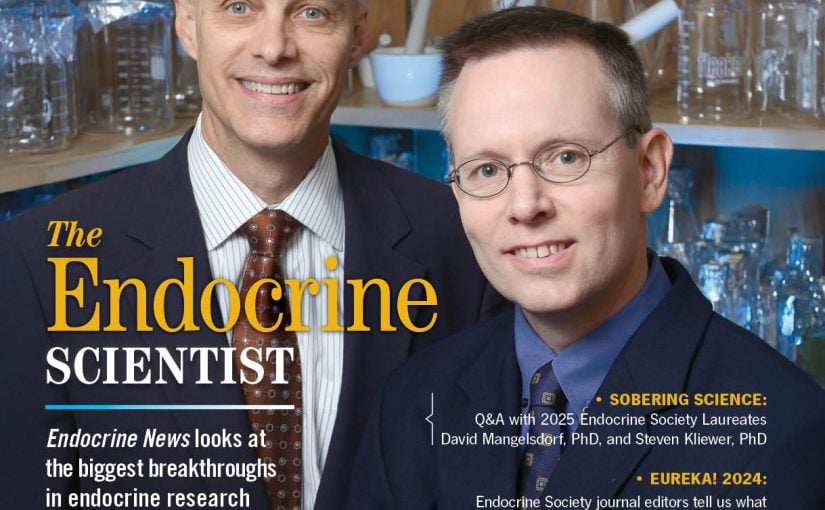
This issue highlights Endocrine Board Review Online. Test your clinical knowledge and prepare for your exam with access to live course session recordings and case questions. Available on the online store.
Clinical Vignette
A 45-year-old woman with a 20-year history of type 1 diabetes mellitus that has been complicated by nephropathy and retinopathy is referred for help achieving better glycemic control. Her current regimen consists of insulin glargine once daily and insulin lispro with meals, but she is interested in insulin pump therapy. Self-monitoring of blood glucose (8 times daily) shows values ranging between 150 and 300 mg/dL (8.3-16.7 mmol/L). Her hemoglobin A1c level has been between 8.5% and 10% (69-86 mmol/mol). Her menses are regular. She has sickle cell disease, without recent crises. Her medications include aspirin, ramipril, and atorvastatin.
Laboratory test results:
- Hemoglobin A1c = 9% (75 mmol/mol)
- Serum creatinine = 2.2 mg/dL (194.5 mmol/L)
- Urine albumin-to-creatinine ratio = 3886 mg/g
- Liver function tests, normal
- TSH = 7.5 mIU/L
- Serum fructosamine = 210 mmol/L (reference range, 205-285 mmol/L)
The discrepancy between this patient’s hemoglobin A1c and fructosamine levels is most likely caused by which of the following?
- Laboratory error
- Sickle cell disease
- Hemolysis
- Hypothyroidism
- Proteinuria
SEE CORRECT ANSWER AND EXPLANATION

